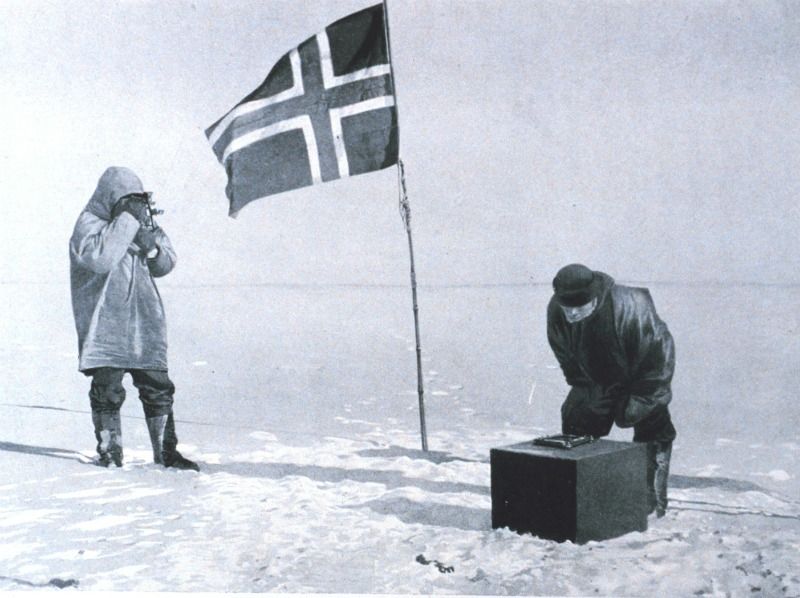
Paralyzed Athlete Sit-Skis to the South Pole

To honor the 100th anniversary of the first successful South Pole expedition, a team of athletes trekked 100 miles across Antarctic ice, arriving at the pole on January 17th. What made this team special is not really when they reached the pole, but how. One of the athletes made the trek propelled only by the power of his arms.
BLOG: South Pole Race 100 Years Ago Today
Grant Korgan survived spinal cord injuries that left him unable to use his legs. A dedicated athlete prior to the accident, Korgan decided to push himself to the South Pole to raise money and awareness for research programs that support "adaptive" snow-sport athletes. (They prefer the term adaptive over disabled.) Another paralyzed athlete, John Davis, trained for the expedition with Korgan, but was unable to complete the it.
Korgan skied on custom sit-skis built by a gold-medal winning paraoylmpic athlete, Kevin Bramble. A reclining chair is built on top of two skis, with a footrest out in front. The athletes propel themselves forward with the push of their ski poles. The entire device, built of carbon fiber and aluminum, weighs only eight pounds.
Along with two able-bodied guides and a four-man documentary film crew, Korgan spent two weeks trekking across the harsh, Antarctic terrain. The team estimated that it would take about 250,000 push strokes to make it the 100 miles. They pulled more than 400 pounds of gear behind their skis.
BLOG: Pilfering Penguin Caught On Tape
Sign up for the Live Science daily newsletter now
Get the world’s most fascinating discoveries delivered straight to your inbox.
In addition to the normal challenges of an expedition in the empty, icy landscape of the coldest place on earth, Korgan's inability to feel his feet requires special consideration. With poor circulation and no sense of cold to warn him that his feet might be in danger of frostbite, Korgan relied on battery powered thermal socks. Portable solar chargers and the nearly 24 hours of Antarctic summer daylight keep the batteries charged and his feet protected from the elements during his journey as the first adaptive athlete to reach the South Pole.
Grant Korgan - Spinal Cord Injury - The Beginning of a New Journey from Grant Korgan on Vimeo.
This article was provided by Discovery News.
Editor's note: Norwegian explorer Roald Amundsen was the first person to reach the South Pole, on Dec. 14, 1911. British explorer Robert Falcon Scott reached the pole a month later, on Jan. 17, 1912. He, along with his four companions, died on the return trek.











